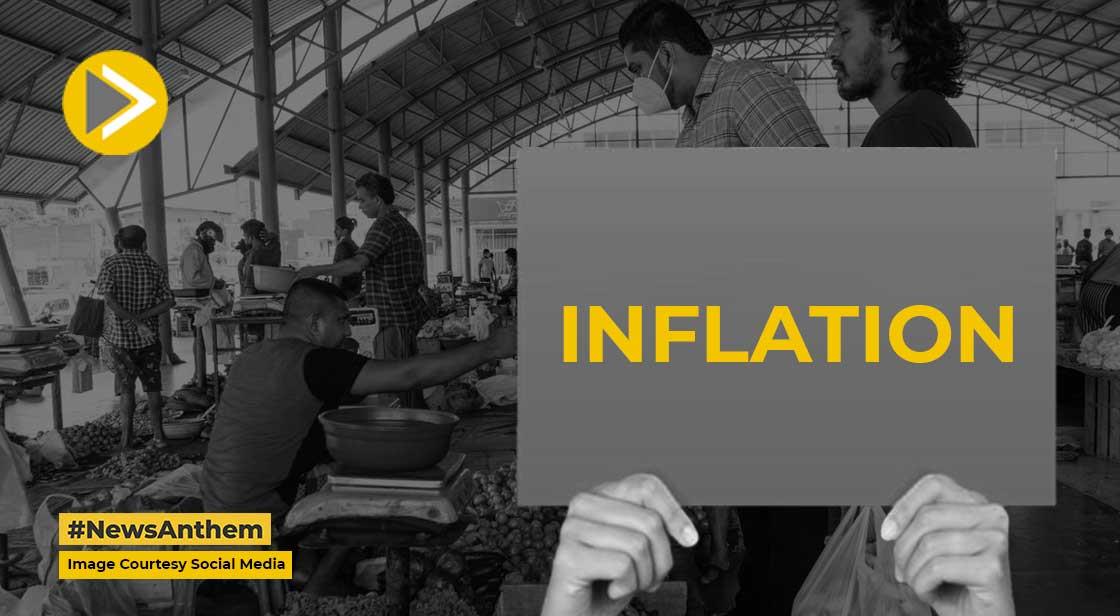In August, The Inflation Rate In Sri Lanka Increased To 70.2%.

News Synopsis
As it battles its worst economic crisis in more than seven decades, Sri Lanka's annual inflation rate increased to more than 70% in August. Additionally, according to official data, food costs increased 84.6% from a year earlier.
The 22 million-person South Asian nation descended into political and economic anarchy this year due to a lack of foreign money. The nation has struggled to pay for essential imports like petroleum, fertilizer, and medication.
The Central Bank of Sri Lanka predicted that inflation will decline last month as the nation's GDP slowed after reaching a peak of around 70%. According to official data released last week, the economy shrank by 8.4% in the three months leading up to the end of August.
Prior to the pandemic, Sri Lanka mainly relied on foreign exchange from tourism, including US dollars.
Although intended to stop the spread of Covid-19, border closures drove travelers away and had a significant negative impact on the nation's economy.
Sri Lanka's early this year debt default was caused by this as well as years of financial mismanagement. President Gotabaya Rajapaksa of Sri Lanka fled the country and resigned in July as a result of the country's recent political unrest. That occurred as hundreds of thousands of people demonstrated against a dramatic rise in food and fuel costs in frequently violent demonstrations.
On Tuesday, India announced that negotiations to restructure Sri Lanka's debt had begun, and it also pledged to make long-term investments. Previously, India gave its smaller neighbor financial assistance of approximately $4 billion.